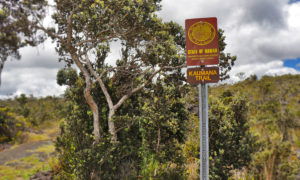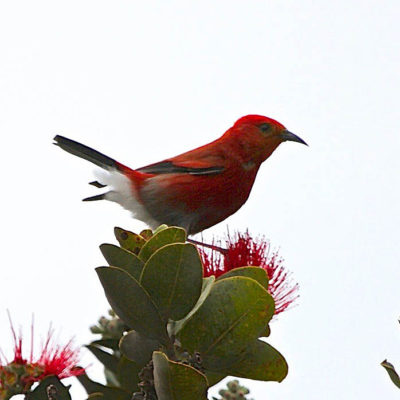Himatione sanguinea | apapane | ʻapapane
Endemic
ʻApapane are perhaps the most abundant native bird on Hawaiʻi island and are often observed in upland native forest. ʻApapane forage for insects, bugs, and nectar in the tree tops, especially in ʻōhiʻa trees. They are famous for their variable repertoire of songs. Adult birds are over 5 inches long with crimson red feathers over most of their bodies. They have black wings and a black tail, with a white stomach and undertail. The bill is black with a slight curve. Young birds are dull brown.
The map below shows birding trails where you might see this bird. Learn more by visiting our species profile page for ʻapapane.
Hotspots for apapane
- Kuilau Trail | Details for Kuilau Trail
- Pihea Trail | Details for Pihea Trail
- ʻAiea Loop Trail | Details for ʻAiea Loop Trail
- Wiliwilinui Access Road and Ridge Trail | Details for Wiliwilinui Access Road and Ridge Trail
- Polipoli Spring State Recreation Area | Details for Polipoli Spring State Recreation Area
- Waikamoi Preserve (The Nature Conservancy-PRIVATE) | Details for Waikamoi Preserve (The Nature Conservancy-PRIVATE)
- Hosmer Grove (Haleakalā National Park) | Details for Hosmer Grove (Haleakalā National Park)
- Leleiwi Overlook (Haleakalā National Park) | Details for Leleiwi Overlook (Haleakalā National Park)
- Honua‘ula Forest Reserve (Makāula -‘O‘oma section) | Details for Honua‘ula Forest Reserve (Makāula -‘O‘oma section)
- Palila Forest Discovery Trail | Details for Palila Forest Discovery Trail
- Pu‘u Huluhulu Trail | Details for Pu‘u Huluhulu Trail
- Pu‘u ‘Ō‘ō Trail | Details for Pu‘u ‘Ō‘ō Trail
- Kaulana Manu Nature Trail | Details for Kaulana Manu Nature Trail
- Kaūmana Trail | Details for Kaūmana Trail
Kuilau Trail
Wet forest
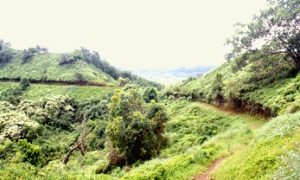
Pihea Trail
Wet forest

ʻAiea Loop Trail
Wet forest
Wiliwilinui Access Road and Ridge Trail
Wet forest

Polipoli Spring State Recreation Area
Dry forest
Waikamoi Preserve (The Nature Conservancy-PRIVATE)
Wet forest
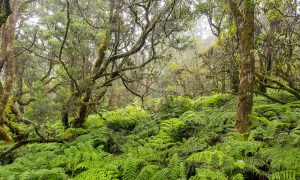
Hosmer Grove (Haleakalā National Park)
Dry forest
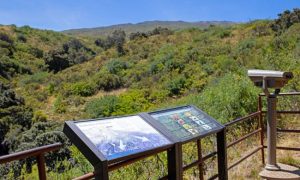
Leleiwi Overlook (Haleakalā National Park)
Dry forest

Honua‘ula Forest Reserve (Makāula -‘O‘oma section)
Wet forest
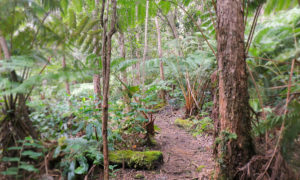
Palila Forest Discovery Trail
Dry forest
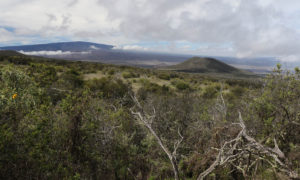
Pu‘u Huluhulu Trail
Dry forest
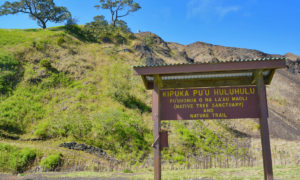
Pu‘u ‘Ō‘ō Trail
Wet forest
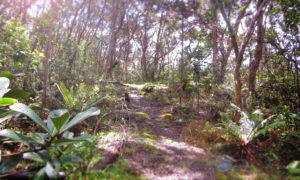
Kaulana Manu Nature Trail
Wet forest
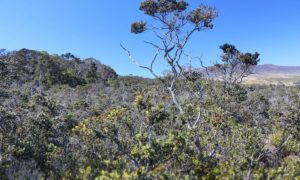
Kaūmana Trail
Wet forest
